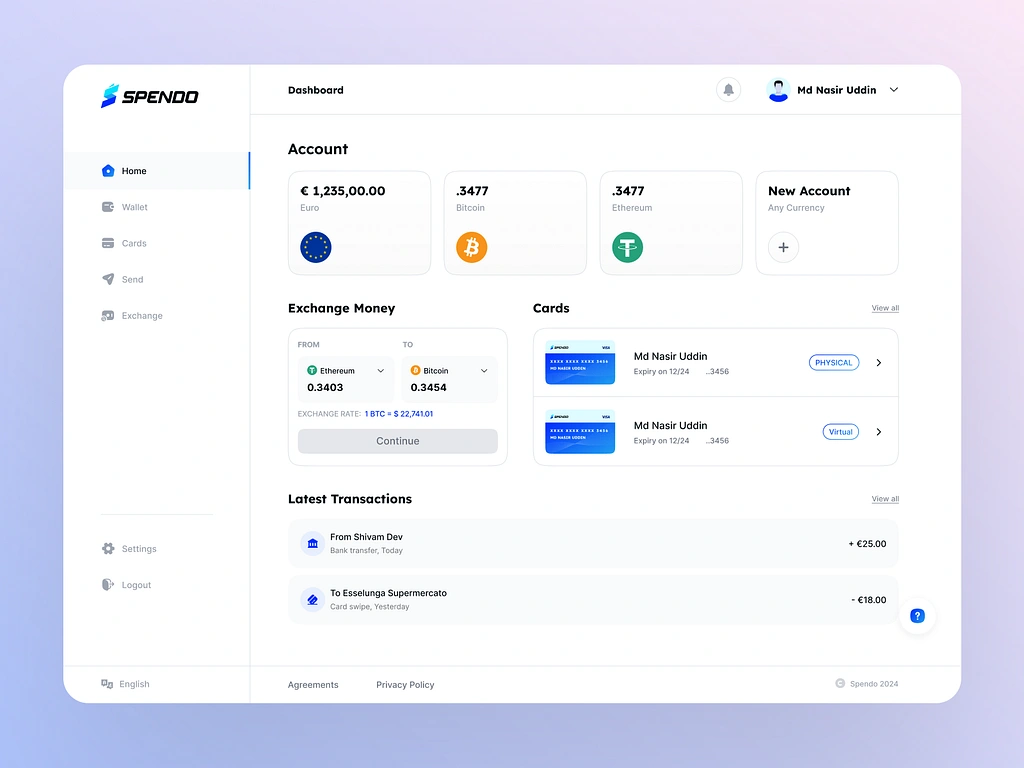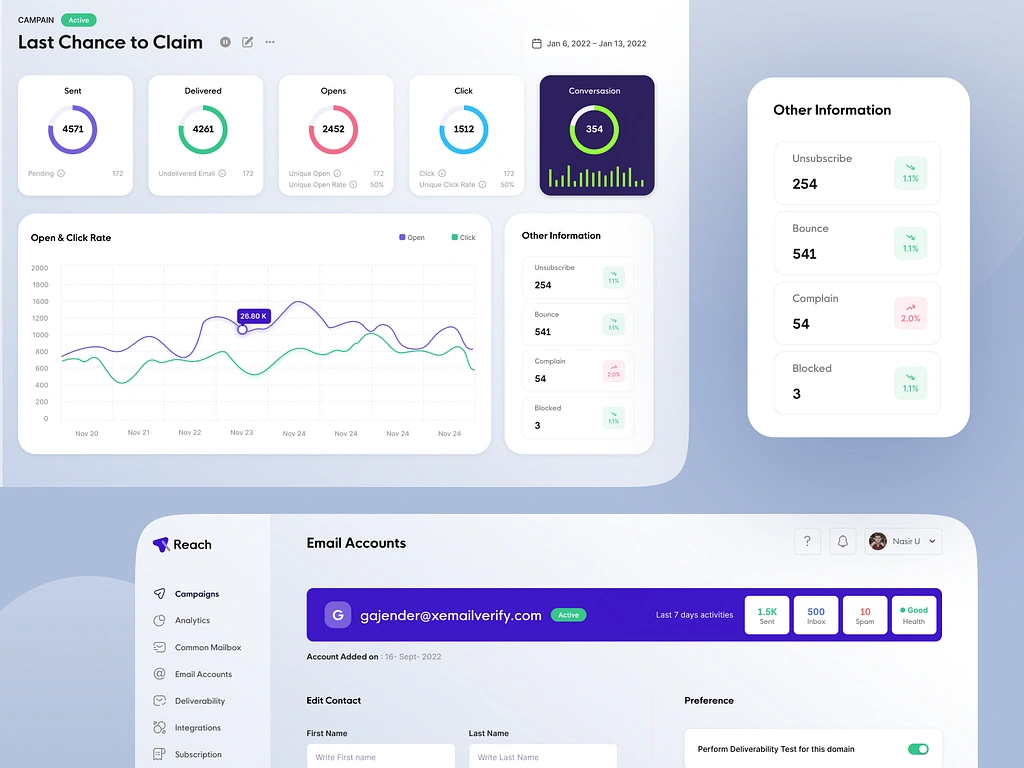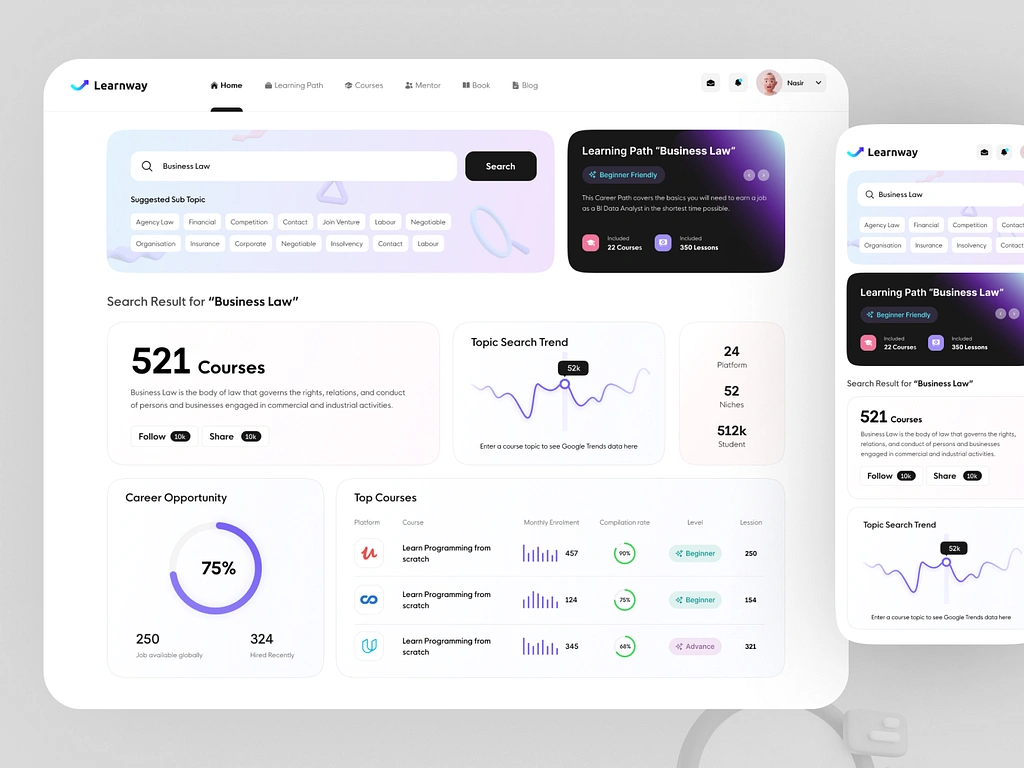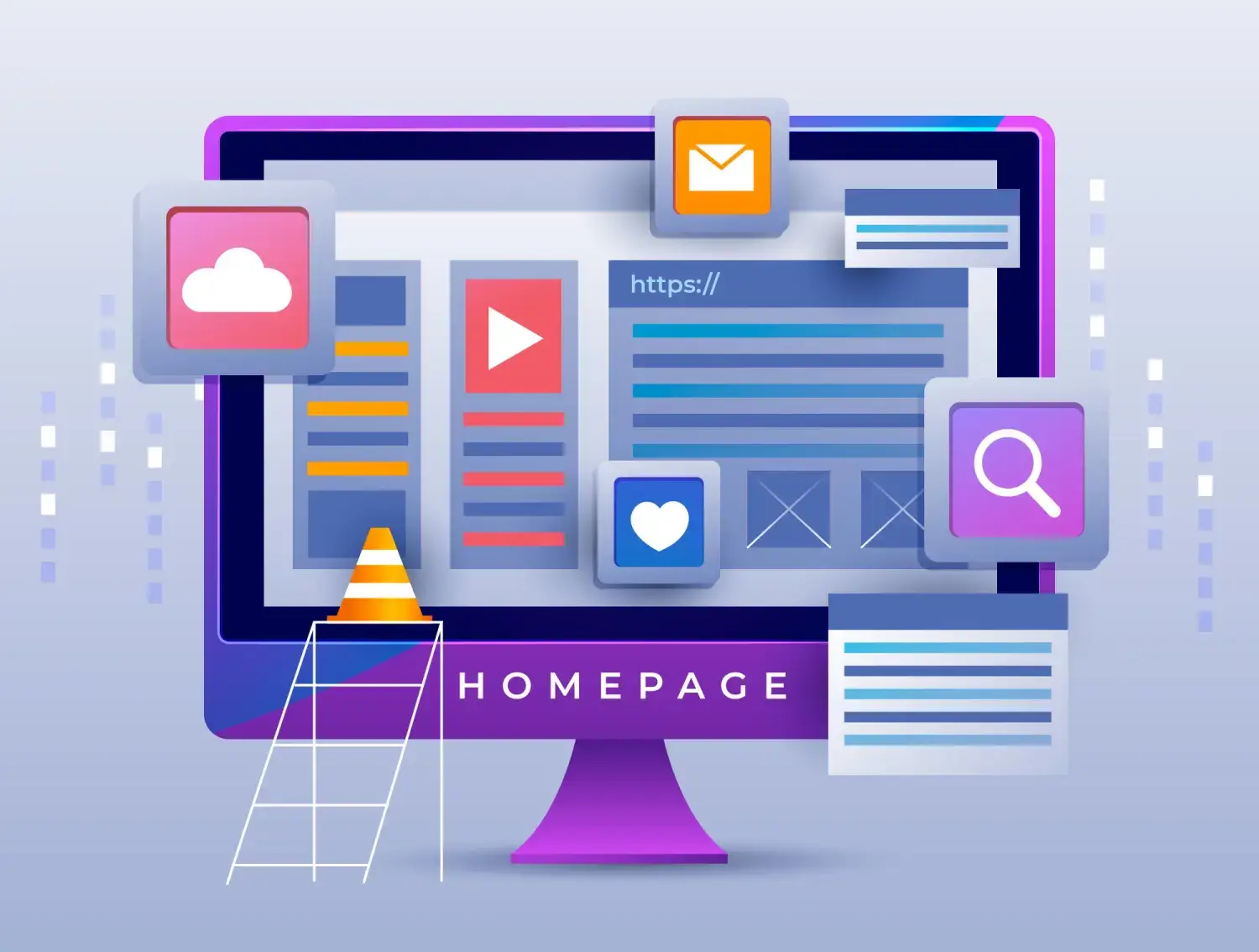Behind every seamless transaction or intuitive user interface in the digital banking world lies a complex web of challenges that designers must navigate. Imagine combining creativity with stringent regulatory standards, all while safeguarding user data and ensuring flawless functionality. Welcome to the world of fintech app design, where the stakes are high and the pressure is relentless. The journey of designing for the fintech industry is akin to walking a tightrope—a delicate balance between innovation and compliance. With the rapid evolution of technology and ever-increasing customer expectations, designers find themselves at the intersection of art and precision engineering, tasked with creating solutions that not only captivate users but also secure their trust.
But what truly sets fintech app design apart from other fields? It’s the unique set of hurdles that come with understanding intricate financial processes and translating them into a user-friendly digital experience. The demand for real-time, error-free transactions means that even the most minute design flaw can result in significant consequences. Designers must anticipate every possible scenario, crafting interfaces that are both intuitive and foolproof. This involves not just a deep dive into how users interact with financial services but also a commitment to staying ahead of emerging trends and technologies. As the landscape continues to change, the challenge lies in maintaining a steady course, delivering products that seamlessly integrate into users’ lives while pushing the boundaries of what’s possible in design.
Balancing Creativity and Compliance
One of the biggest challenges in designing fintech apps is finding the delicate balance between creativity and compliance. On one hand, designers are tasked with creating visually appealing and engaging interfaces that captivate users. On the other hand, they must adhere to strict regulatory standards to ensure the security and privacy of user data.
Designers need to think outside the box to come up with innovative solutions that meet both aesthetic and regulatory requirements. This often involves collaborating closely with legal and compliance teams to understand the intricacies of financial regulations and find creative ways to incorporate them into the design. It’s a constant juggling act, but one that is necessary to create a seamless user experience while staying within legal boundaries.
Navigating Strict Regulatory Standards
The fintech industry is heavily regulated, and designers must navigate through a maze of strict regulatory standards. From anti-money laundering (AML) regulations to know your customer (KYC) requirements, there are numerous rules that must be followed to ensure compliance.
Designers need to stay up-to-date with the latest regulations and work closely with legal teams to ensure that their designs meet all necessary requirements. This may involve incorporating additional security measures, such as two-factor authentication or encryption, into the app’s design. It’s a constant challenge, but one that is crucial for maintaining trust and credibility in the industry.
Safeguarding User Data: Privacy Concerns
Privacy concerns are at the forefront of every designer’s mind when it comes to fintech app design. Users entrust these apps with their sensitive financial information, so it’s essential that designers take every precaution to safeguard their data.
This means implementing robust security measures throughout the app’s design, from secure login processes to encrypted data storage. Designers must also consider the user’s privacy preferences and provide clear and transparent options for controlling their data. By prioritizing privacy and data protection, designers can build trust with users and differentiate their app from competitors.
Ensuring Flawless Functionality: The Importance of User Experience
In the world of fintech, flawless functionality is non-negotiable. Users expect apps to perform seamlessly, allowing them to complete transactions quickly and accurately.
Designers must meticulously test every aspect of the app’s functionality to ensure a smooth user experience. This includes conducting usability tests, identifying potential pain points, and making iterative improvements based on user feedback. By prioritizing user experience, designers can create apps that not only meet users’ needs but also exceed their expectations.
Understanding Financial Processes: Translating Complexity into Simplicity
The fintech industry is inherently complex, with intricate financial processes that can be difficult for users to understand. Designers play a crucial role in simplifying these processes and translating them into intuitive interfaces.
By conducting thorough research and user testing, designers can gain insights into how users interact with financial services. This knowledge allows them to design interfaces that guide users through complex tasks effortlessly. Clear navigation, concise instructions, and visual cues are just some of the techniques designers use to simplify the user experience.
Real-Time Transactions: Designing for Speed and Accuracy
In today’s fast-paced world, real-time transactions have become the norm in fintech apps. Users expect instant updates on their account balances and quick confirmation of transactions.
Designers must prioritize speed and accuracy when designing for real-time transactions. This involves optimizing app performance, minimizing loading times, and ensuring that all transactional data is accurate and up-to-date. By focusing on speed and accuracy, designers can create a seamless and reliable user experience.
Anticipating User Behavior: Crafting Intuitive Interfaces
Designers in the fintech industry must have a deep understanding of user behavior to create intuitive interfaces. By anticipating how users will interact with the app, designers can design interfaces that feel natural and intuitive.
This involves conducting user research, analyzing user data, and staying up-to-date with industry trends. By staying ahead of user expectations, designers can create interfaces that are easy to navigate and require minimal effort from the user.
Staying Ahead of Emerging Trends in Fintech
The fintech industry is constantly evolving, with new technologies and trends emerging regularly. Designers must stay ahead of these trends to ensure their apps remain relevant and competitive.
This requires continuous learning and professional development. Designers need to attend conferences, read industry publications, and network with other professionals to stay informed about the latest advancements in fintech app design. By embracing emerging trends, designers can push the boundaries of what’s possible in design and deliver innovative solutions to users.
The Evolution of Fintech App Design
Fintech app design has come a long way since its inception. As technology continues to advance, so does the sophistication of fintech apps.
Designers are now incorporating artificial intelligence (AI), machine learning (ML), and biometric authentication into their designs. These technologies not only enhance security but also improve the overall user experience. With AI-powered chatbots providing personalized customer support and ML algorithms analyzing financial data for personalized recommendations, fintech apps are becoming smarter and more intuitive than ever before.
Concluding Thoughts: Meeting the Challenges of the Fintech Industry
Designing for the fintech industry is no easy task. It requires a delicate balance between creativity and compliance, a deep understanding of financial processes, and a commitment to staying ahead of emerging trends.
By prioritizing user experience, safeguarding user data, and anticipating user behavior, designers can create fintech apps that not only meet the challenges of the industry but also exceed user expectations. The future of fintech app design is bright, with endless possibilities for innovation and improvement.












